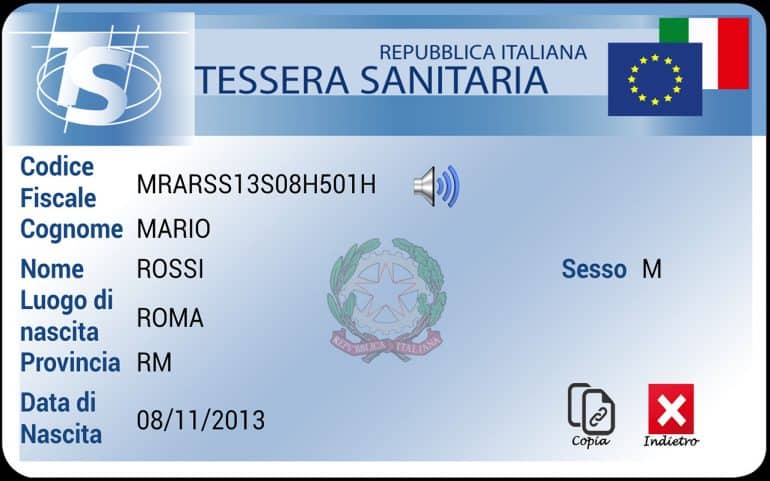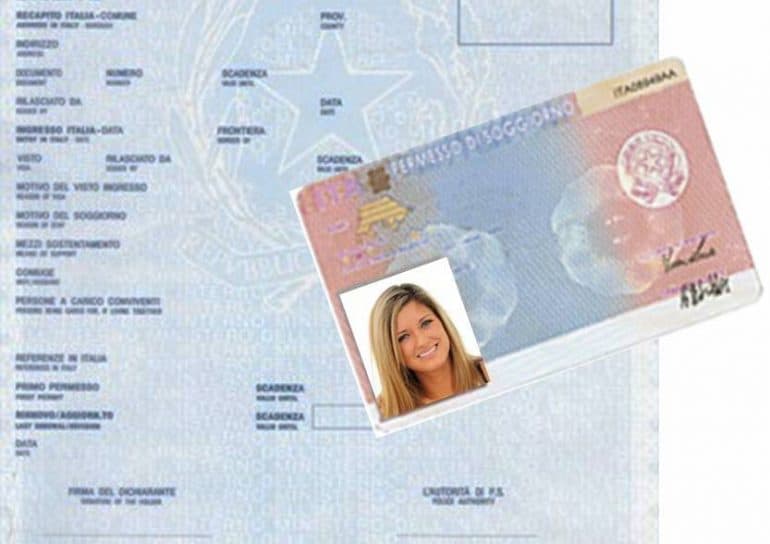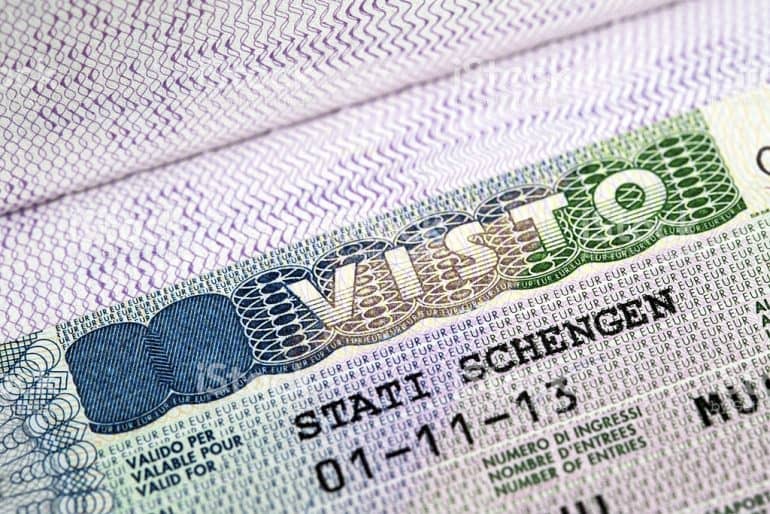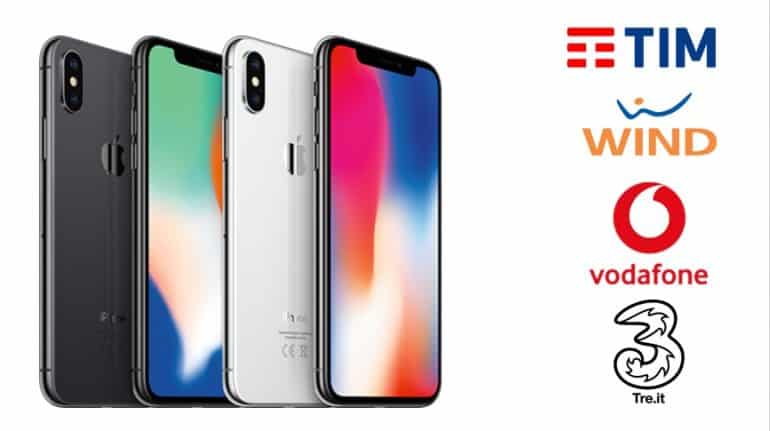A Practical Guide for the American Student Moving to Rome
Moving to Rome is no easy undertaking. Adapting to a new language, monetary system, transportation network, and rhythm of life can easily overwhelm anyone unfamiliar with Italy. The following guide contains information on several procedures for setting up a new life in Rome, such as: getting a codice fiscale and work permit, setting up an Italian bank account and phone, and obtaining and renewing a residence permit.
Pack your suitcase, your next adventure is about to begin!
Expatica has just launched a brand-new website with 70+ articles and how-to guides on everything you need to know to create a life in Italy.
Written by internationals for internationals, their articles cover a wide range of topics, including visas and immigration, finding a job, navigating the local health and education systems, and more.
Are you Italian, and want to expand your horizons? Expatica has 15 other country-websites to choose from!
Visit https://www.expatica.com/it/ today!
How to get a Codice Fiscale

What it is & Why you need it:
The codice fiscale, or tax code, is similar to the American social security number. Information from your name, date of birth, and place of birth formulate your codice fiscale, which you will need for conducting financial activities. Having a tax code doesn’t mean you’re obligated to pay taxes; it’s just a numerical code that identifies you in official financial contracts. If you’re planning on opening a bank, signing an apartment contract, starting a job, or enrolling in the healthcare system, getting a codice fiscale is a great first step.
Where to get it:
You can apply for a codice fiscale at your local Agenzia delle Entrate, the Italian Revenue Agency that collects taxes and enforces the financial code. You can even apply for it along with your student visa from an Italian consulate in your home state. Whether applying from the U.S. or in Italy, the application and official card that your code is printed on are completely free.
There are online generators that can estimate your code, but you must apply either through the consulate or Agenzia delle Entrate to officially register. There is no appointment necessary to go to the agency office, just make sure to check the hours beforehand. There are many offices in Rome, including one in Trastevere. At the agency, you’ll meet with a service worker who reviews your documents and prints your codice fiscale immediately if all supporting documents are in order. The code will be printed on a piece of paper and stamped by the agency, and the official card will be mailed to you, usually in two weeks. Even after you have the code, some banks may require you to present the official card when opening a bank account.
Check out our more in depth guide for how to get a codice fiscale, permesso di soggiorno and visa.
Supporting Documents:
To acquire your tax code, you must present photocopies of your student visa and a completed application (directions on completing it can be found here). You can apply for the code before getting your permesso di soggiorno, but if you already have it, it wouldn’t hurt to provide photo copies of it as well. To confirm that you have all necessary documents, it is always best to go to the office directly. For more information from the Agenzia delle Entrate’s website, click here.
Opening a Bank Account in Rome

Why you need it:
If you’re living in Rome long term, opening an Italian bank may be one of your best financial moves. It won’t take long to discover that cash is a necessity for buying bus tickets, coffee, vegetables from markets, and many other purchases, especially in less-touristy neighborhoods. Depending on your home bank, international withdraws at ATMs can rack up crazy transactions fees on top of the exchange rate.
Students who complete work study programs at their universities can particularly benefit from an Italian bank because their university can pay them in euros and transfer payments to a local bank, eliminating transaction fees and the exchange rate.
You can also transfer money from your American bank to an Italian bank with services like Transferwise, which quickly transfers money to foreign accounts using the precise exchange rate. This service gives you the best deal on converting dollars to euros, and allows you to withdraw money from your Italian bank without international withdraw fees.
Where to get it:
Unlike the codice fiscale, it is best to open a bank in Italy. Once you’ve signed your apartment contract, you can then find a bank near your home or university. Supporting documents and general hassle may vary from bank to bank, so it is best to check out all your options before choosing one. UniCredit, Banca Nazionale del Lavoro, Intesa SanPoalo, Deutsche Bank Italia, and Banca d’Italia are some major banks in Rome. Poste Italiane, the Italian post office, has its own bank called Banco Posta where you can also make an account. Opening an account is free, but the bank does charge you four euros a month for the account.
Supporting Documents:
In general, banks will require photocopies of your passport, permesso di soggiorno, proof of residence like a contract or utility bill, and your codice fiscale. After providing these documents to an employee, they will create your account and give you an ATM card or mail it to you shortly thereafter. With your bank card, you’ll be able to withdraw euros from any ATM, but your bank may charge a one to three euro fee for using another bank’s ATM.
Permesso di Soggiorno

What it is & Why you need it:
The permesso di soggiorno, or residence permit, is a document issued to foreigners living in Italy for work or study. It’s a necessity for students living in Italy for more than 90 days (like those pursuing a degree in Italy) and establishes their immigration status more substantially than a student visa. Once your student visa is expired (usually after the first academic year), the permesso supersedes it, and the you only have to renew your resident’s permit for the rest of your stay. Unlike a visa that requires communication with a consulate in the United States, the application and renewal process for the permesso all takes place within Italy.
Where you get it:
Applying for the permesso involves several lengthy steps that begins at the post office, PosteItaliane. At the post office you submit a “kit” (with a fee of €30 + €16 stamp) with the necessary documents, and the post office will print out a letter assigning an appointment at the immigration center. Appointments are usually two-three months later at the Questura, where you meet with a service worker who reviews your application documents and scans your fingerprints. After the Questura meeting, you wait another two-three months for the physical residence card to arrive at the local police station that corresponds to your address’s zipcode, where you pick it up. Because your permesso is for your studies in Rome, the expiration dates usually correspond to the academic year and the dates written on your university’s letter. Renewing your residence permit requires the same trips to the post office, Questura, and police station, and you want to begin that process two months before your permit expires.
Check out our more in depth guide for how to get a codice fiscale, permesso di soggiorno and visa.
Supporting Documents:
The documents required for your first permesso are: photocopies of your passport, Italian visa, Italian health insurance (which you can buy from EduServices for €176), and a copy of the original enrollment letter from your university stamped by the consulate. The necessary documents for renewing your permesso are very similar: photocopies of your passport, Italian visa (which may be expired, however that is ok since your permesso has taken the place of it), current residence permit, grade report from your university, and bank statement or letter of financial support.
Work Visa

What it is & Why you need it:
Students living in Italy can work 20 hours/week or less without a worker’s permit. Working a part time job is a great way to get some extra money while living abroad, but after living in Italy on a student visa you might secure a job after university. A work visa functions similarly to a student visa, except it authorizes someone to live and work more than 20 hours/week in Italy.
Where to get it:
If you’re already living in Italy with a permesso di soggiorno for studying, it’s possible to convert that to a permesso di soggiorno for work. This process would take place within Italy through the Ministry of the Interior. Undergraduate and graduate students can fill out an online application, and upon approval will receive an appointment for the Prefettura’s Sportello Unico per Immigrazione, the “single immigration desk” at the Territorial Office of Government. If you are applying for a work visa from the U.S., your employer completes most of your application to the Prefettura, which will then inform your local Italian embassy that your work visa application is approved. Then, upon arriving in Italy you would apply for the permesso di soggiorno per lavoro.
Check out our more in depth guide for how to get a codice fiscale, permesso di soggiorno and visa.
Supporting Documents:
The Ministry of the Interior requires different applications and supporting documents for self-employment and subordinate employment applications. In addition to photocopies of your passport and current residence permit, you may or may not need photocopies of your graduation certificate, employer’s ID, proof of economic stability (no less than €8,500), and proof of suitable housing. Applying for a work visa from the U.S. will require a valid passport, housing contract, proof of financial stability, and a professional resume.
Setting up an Italian Phone in Rome

Why you need it:
Not only will having an Italian phone plan with international calling and data help you feel more comfortable exploring Rome, it will also benefit you when you travel to other countries. In July 2017, the EU passed a regulation eliminating travel tariffs from phones, so your texting, data, and calling plan remains unchanged and completely usable when you travel to other EU countries. Setting up an Italian phone plan is one of the cheaper and less stressful processes to navigate, and definitely worth your time and energy.
Where to get it:
Before going to an Italian phone carrier, make sure your phone is unlocked, meaning it’s not bound by a contract with AT&T, Sprint, Verizon, etc. Once you know your phone can use other SIM cards, you can choose an Italian phone provider like Vodafone, Tim, 3, and Wind. Students might find a notable difference between Italian and U.S. phone services in that most plans are prepaid monthly and don’t require contracts. All of these carriers offer prepaid plans that you can choose from depending on your priorities with data, calling, and messaging. Vodafone offers a great international plan with eight gigs of data, 300 international minutes, and 500 local minutes for just ten euros a month. Tim, 3, and Wind offer similar plans to choose from, and all come with a downloadable app to track and reload your credit.
Reloading another month’s worth of credit may not be possible with an American debit or credit card, but it is with an Italian ATM card (another benefit of having an Italian bank). You can also reload your phone, in increments of 5, 10, 20, even 30 euros at coffee bars. You’ll notice some cafes have a green sticker noting “Pay with Sisal,” which means you can recharge your phone with cash at the bar. After telling the employee your phone number and the amount you’d like to add to your account, your credit will be recharged with a text message notification.
Supporting Documents:
None!
Learning Italian
There are many reasons for learning Italian, whether it’s because Italian is the language of your grandparents, of opera, of historic culture or the language used in Italy! Read the best italian language schools in Rome
Useful Numbers in Rome
Taxi (can call 3 numbers): 06 3570, 06 4994, 06 5551
Ambulance and health emergencies: 118
Carabinieri (military/police force): 112
State police/emergency public aid: 113
Fire brigade: 115
Poison center: 06 490 663
Questura (central police station): 06 46 861
U.S. Embassy: 06 46 741




